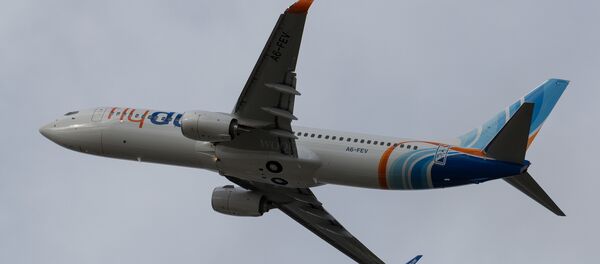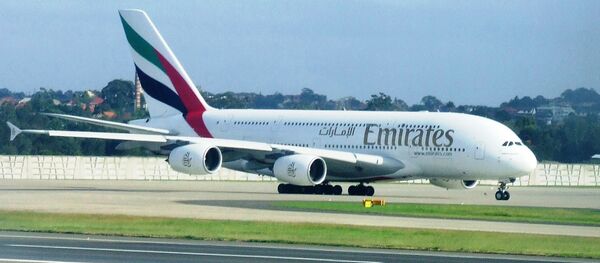“Pilots [are] a costly resource and all the operators want to exploit them as much as possible,” Magisson said. “And even without violating flight time limitation rules, obviously they [companies] try to make a maximum of these rules.”
In most cases, companies only strive for compliance with the laws, sticking to flight time limitation regulations which don’t actually address the fatigue problem in full, Magisson explained. Some airlines protect their overworked pilots through the means of special insurance, others don’t, he added.
“The problem that in many airlines they don’t accept it [the need to protect their staff from overwork], they put huge pressure on people, on the pilots, to go on flying anyway. Most probably, one of the reasons [for the FlyDubai crash] is cumulative fatigue.”
“They tried to land the second time at the worst time of the night. [It was] something like four o’clock in the morning,’ he said. “Definitely [it is] one of the worst moments [in the night for landing]. And they’ve made very challenging approach in very challenging weather. And this should be taken into account.”
To reverse this concerning tendency, companies must do “much more than compliance with the rules” to address fatigue issues, Magisson said. Fatigue risk management system should is implemented “little by little” and has to address all the problems associated with it, he concluded.




